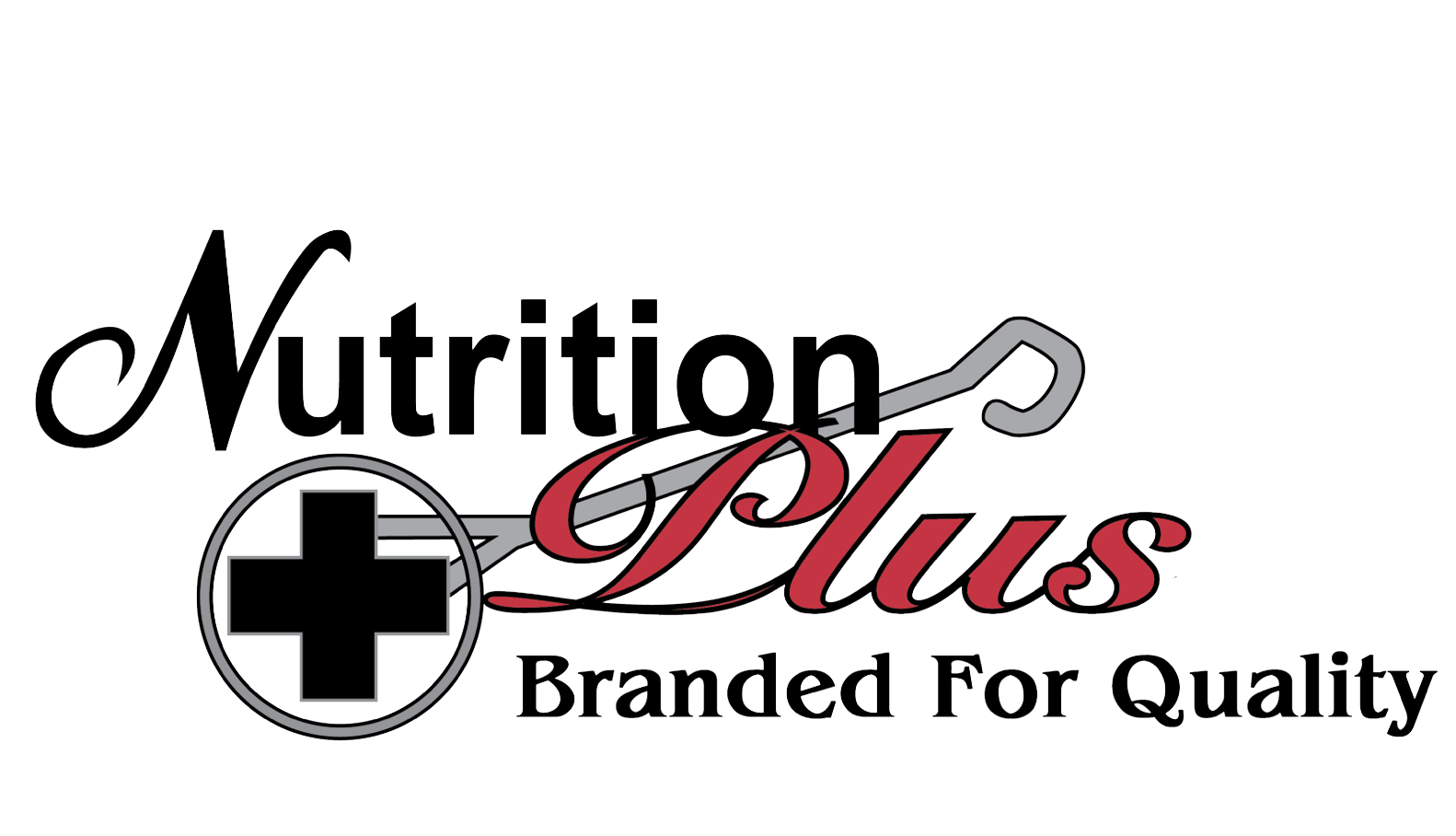BEEF CATTLE RESEARCH UPDATE Britt Hicks, Ph.D., PAS
Area Extension Livestock Specialist January 2022
Effects of a Transitional Supplement on Beef Heifers Grazing Wheat pasture
Research has shown that cattle transitioning to wheat pasture after preconditioning require an acclimation period before significant body weight (BW) gains occur.1, 2, 3 For example, 2003 Oklahoma research reported that calves grazing wheat pasture in central Oklahoma lost weight during the first 10 days of grazing, but by day 20, they recovered to their initial weight at the time of turnout.4
A 3-year grazing study (2015 – 2017) conducted in Ardmore, Oklahoma evaluated three supplemental strategies for heifers preconditioned for 56 days (in grass traps) prior to being turned out on wheat pasture.5 The three strategies were: (1) supplement at 1% of BW during the preconditioning period (1%PC), (2) supplement at 2% of BW during the preconditioning period (2%PC), and (3) a transitional strategy of 2% of BW during the preconditioning period and the first 21 d on wheat pasture (2%PCWP). The objective of this study was to determine the effects on weight gain and net returns of feeding supplements from preconditioning through the transition to wheat pasture.
The supplements were limit-fed on a dry mater (DM) basis and adjusted weekly based on average daily gain (ADG) targets of 1.50, 1.98, and 1.98 lb/head for cattle in the 1%PC, 2%PC, and 2%PCWP treatment groups, respectively. Cattle were fed daily beginning on day 1 and lasting through the length of the preconditioning period. On a DM basis, the major feed ingredients in the supplement were soybean hulls (40%), dried distillers grains (30%), corn gluten feed (17%), and wheat middlings (10%). This supplement contained 19.8% crude protein and 77.3% TDN on a DM basis.
The effects of the treatments on performance and net returns are shown in Table 1. These researchers reported that during preconditioning, cattle fed at 2% of BW gained 0.44 lb/day more than cattle fed at 1% of BW (P < 0.000; 1.92 vs 1.48 lb/day) and were ~25 lb heavier at the end of preconditioning (P < 0.000).
The cattle on wheat pasture lost weight quickly (<3 day) and rebounded slowly following the transition onto pasture. By the end of the first week on wheat pasture, total accumulated gain for the 1%PC and 2%PC treatments remained negative at -9.5 and -7.5 lb/head, respectively, but the transitional (2%PCWP) treatment group had a positive gain of 0.7 lb/head. By the end of week 2, cattle in all 3 treatments had positive, but different (P = 0.0145) accumulated total gains of 9.5, 8.8, and 20.5 lb/head for the 1%PC, 2%PC, and 2%PCWP treatments, respectively. By the end of the wheat grazing period, total accumulated gain did not differ significantly between treatments. In addition, ADG did not differ (P = 0.20) among treatments over the entire grazing period.
Feeding at 1% of BW generated the highest net return of ~$23/head. The feeding at 2% of BW treatments had per animal net returns of ~$22 less with no feeding on wheat pasture and ~$61 less when fed on wheat pasture.
In conclusion, providing a high-energy supplement to cattle transitioning to wheat pasture affected their weight gain during the first two weeks. However, the gains were not sustained in the long run, resulting in cattle in the treatment group that were fed at 1% of BW during preconditioning being more profitable than the other two feeding strategies. The additional cost of feed in grass traps and the additional cost of feed on wheat pasture outweighed any additional revenue that was received by cattle gaining more weight than cattle fed at the lower rate. These data suggest that the most
economically sound practice is to not provide any supplement with the intent of aiding cattle transition to wheat pasture.

1 Lippke, H. T., D. A. Forbes and W. C. Ellis. 2000. Effect of supplements on growth and forage intake by stocker steers grazing wheat pasture. J. Anim. Sci. 78:1625-1635.
2 Phillips, W. A., S. W. Coleman, and H. S. Mayeux. 2006. Case study: Changes in body weight, fill, and shrink of calves grazing wheat pasture in the winter and spring. Prof. Anim. Sci. 22:267–272.
3 Phillips, W. A., and G. W. Horn. 2008. Intake and digestion of wheat forage by stocker calves and lambs. J. Anim. Sci. 86:2424–2429.
4 Phillips, W. A. and G. W. Horn. 2008. Intake and digestion of wheat forage by stocker calves and lambs. J. Anim. Sci. 86: 2424-2429.
5 Moore, B., J. T. Biermacher, B. W. Brorsen, M. Johnson, B. Nichols and E. Whitley. 2021. Effects of a transitional supplement on beef heifers grazing wheat pasture. Appl. Anim. Sci. 37: 602-613.
Oklahoma State University, U.S. Department of Agriculture, State and local governments cooperating. Oklahoma Cooperative Extension Services offers its programs to all eligible persons regardless of race, color, national origin, gender, age, religion, disability, or status as a veteran and is an equal opportunity employer. Reference to commercial products or trade names is made with the understanding that no discrimination is intended and no endorsement by the Oklahoma Cooperative Extension Service is implied. Oklahoma State University, U. S. Department of Agriculture, State and Local governments cooperating. Oklahoma State University in compliance with Title VI and VII of the Civil Rights Act of 1964, Executive Order 11246 as amended, Title IX of the Education Amendments of 1972, Americans with Disabilities Act of 1990, and other federal and state laws and regulations, does not discriminate on the basis of race, color, national origin, gender, age, religion, disability, or status as a veteran in any of its policies, practices, or procedures.

